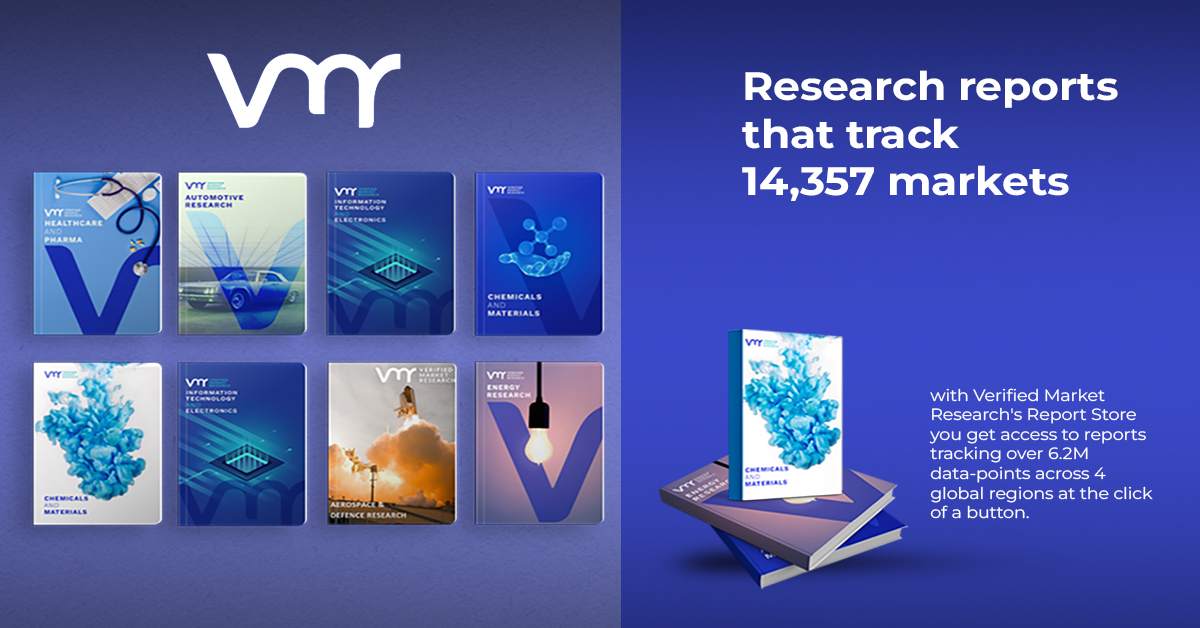The Evolving Landscape of Synthetic and Bio-based PMMA (Polymethyl Methacrylate) Market: Trends, Innovations, and Future Prospects
The synthetic and bio-based PMMA (Polymethyl Methacrylate) market is undergoing significant transformation, driven by advancements in technology, sustainability initiatives, and shifting consumer preferences. As the demand for environmentally friendly materials grows, the industry is witnessing a surge in the development and adoption of bio-based PMMA alternatives alongside traditional synthetic options. This article delves into the latest developments in the PMMA market, exploring key innovations, market dynamics, and future trends shaping this critical sector.
What is PMMA?
Polymethyl Methacrylate (PMMA) is a transparent thermoplastic often used as a lightweight or shatter-resistant alternative to glass. Commonly known by trade names like Plexiglas and Acrylite, PMMA is favored in various applications due to its clarity, durability, and weather resistance. It finds use in everything from automotive components to medical devices, showcasing its versatility and functionality.
Key Developments in the PMMA Market
1. Rise of Bio-based PMMA
The growing emphasis on sustainability has propelled the development of bio-based PMMA. Derived from renewable resources, bio-based PMMA offers similar properties to its synthetic counterpart but with a reduced environmental footprint. Recent innovations have enabled manufacturers to produce bio-PMMA using plant-based feedstocks, significantly lowering greenhouse gas emissions and fossil fuel reliance.
- Market Growth: According to a recent market analysis, the bio-based PMMA segment is projected to grow at a CAGR of 15% from 2023 to 2030, fueled by rising environmental awareness and regulatory support for sustainable materials.
- Key Players: Companies like Mitsubishi Chemical and Evonik Industries are investing in bio-based PMMA production technologies, showcasing their commitment to sustainable solutions.
2. Innovations in Production Techniques
Advancements in production methods have improved the efficiency and cost-effectiveness of PMMA manufacturing. Techniques such as:
- Continuous Polymerization: This method enhances production rates and reduces waste, leading to lower costs and improved product consistency.
- 3D Printing: The integration of PMMA in 3D printing applications allows for innovative designs and rapid prototyping, expanding its usage in industries like automotive and healthcare.
3. Expansion of Application Areas
The application scope of PMMA continues to broaden, driven by its unique properties. Some emerging areas include:
- Automotive Industry: PMMA’s lightweight nature is being harnessed to improve fuel efficiency in vehicles. Manufacturers are using PMMA for components like dashboards and lighting covers, enhancing both aesthetics and functionality.
- Healthcare: Bio-compatible PMMA is gaining traction in medical applications such as dental prosthetics and surgical implants, where its durability and clarity are essential.
4. Regulatory Influences
Regulations regarding environmental sustainability are increasingly impacting the PMMA market. Governments worldwide are implementing stricter guidelines to limit plastic waste and promote bio-based materials. For instance:
- EU Plastics Strategy: The European Union’s initiative aims to make all plastic packaging recyclable by 2030, driving demand for bio-based and recyclable PMMA solutions.
- Incentives for Sustainable Practices: Many countries are providing financial incentives for companies to develop and adopt sustainable materials, including bio-PMMA.
5. Market Challenges
While the future of the PMMA market appears promising, several challenges must be addressed:
- Cost Competitiveness: Bio-based PMMA is currently more expensive to produce than synthetic options, which may deter some manufacturers from making the switch.
- Consumer Awareness: Although interest in sustainable products is growing, many consumers remain unaware of the benefits of bio-based PMMA, necessitating targeted educational efforts.
6. Competitive Landscape
The PMMA market features several key players actively competing for market share through innovation and strategic partnerships:
- Mitsubishi Chemical: A leader in PMMA production, the company has launched initiatives focused on sustainable production techniques and bio-based materials.
- Evonik Industries: Known for its specialty chemicals, Evonik is exploring bio-based PMMA to align with market trends and consumer preferences.
7. Future Trends
As we look ahead, several trends are likely to shape the PMMA market:
- Increased R&D Investment: Companies are expected to ramp up investments in research and development to create more efficient production methods and enhance the performance of bio-based PMMA.
- Collaborative Efforts: Industry players may collaborate with research institutions to drive innovation and explore new applications for PMMA, particularly in emerging markets like renewable energy and smart materials.
- Consumer-Centric Products: The rise of eco-conscious consumers will drive the demand for products featuring bio-based PMMA, leading to new product developments that prioritize sustainability without compromising on quality.
Personal Insights on the PMMA Market
In my exploration of the PMMA market, I’ve noticed a significant shift in consumer preferences towards sustainable options. While attending industry conferences, I observed that many manufacturers are genuinely committed to sustainability, not merely as a marketing tactic but as a core business strategy. This commitment is encouraging, as it signifies a collective movement towards environmentally responsible practices.
Moreover, the advancements in bio-based PMMA are not just innovative; they represent a crucial step towards a more sustainable future. The materials developed are not only meeting industry standards but also exceeding expectations in terms of performance. It’s exciting to see how companies are innovating to create products that align with environmental goals.
The synthetic and bio-based PMMA market is at a pivotal juncture, driven by sustainability initiatives, technological advancements, and evolving consumer preferences. The rise of bio-based alternatives presents both opportunities and challenges, and the industry’s response will shape its future trajectory. As manufacturers continue to innovate and expand the application areas of PMMA, the potential for growth in this market is vast.
With increasing regulatory pressure and a shift towards sustainable materials, the PMMA market is poised for significant evolution. Stakeholders must remain adaptable and responsive to these changes, harnessing new technologies and strategies to stay competitive. Ultimately, the future of PMMA lies in a balanced approach that embraces innovation while prioritizing sustainability, ensuring that this versatile material can thrive in a rapidly changing world










